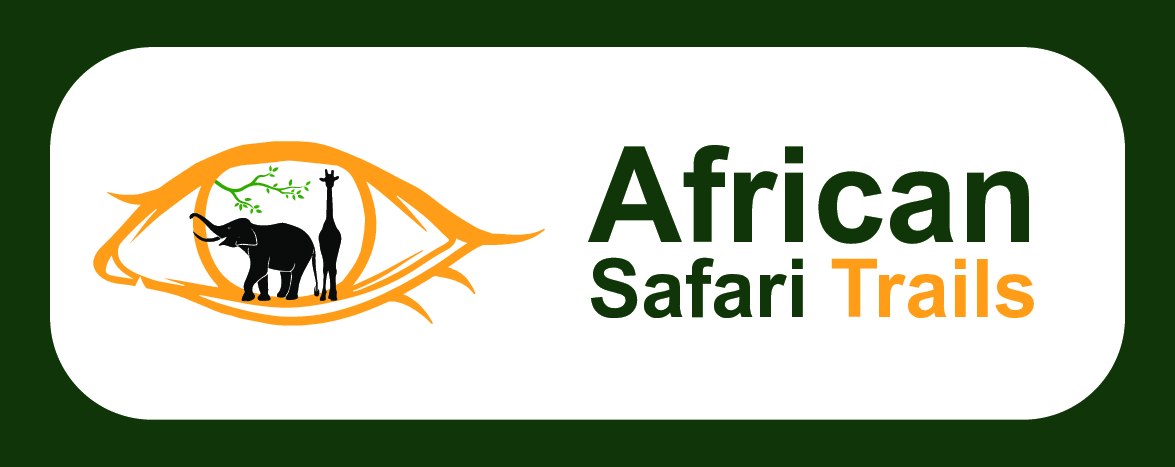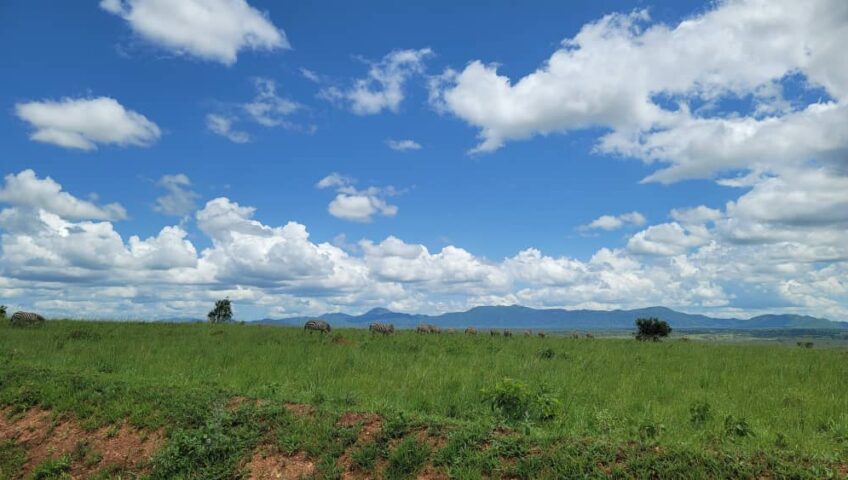Tanzania offers incredible safari experiences year-round, but the “best” time often depends on your priorities: witnessing the Great Migration, spotting predators, birdwatching, or finding fewer crowds.
Here’s a breakdown by season:
1. Dry Season (June to October): Peak Safari Season
This is widely considered the best time for traditional wildlife viewing and the most popular time to visit.
- Wildlife Viewing: Animals congregate around permanent water sources (rivers, waterholes) as other water sources dry up. This makes them easier to spot as vegetation is sparser.
- The Great Migration: This period is crucial for witnessing the Great Migration.
- June to July: The herds are typically in the Western Corridor of the Serengeti, often building up to and attempting the Grumeti River crossings.
- July to October: The migration moves north towards the Mara River in the northern Serengeti, offering the dramatic and famous Mara River crossings.
- Weather: Generally cool, dry, and sunny days. Mornings and evenings can be quite chilly, so layers are essential.
- Crowds & Cost: This is peak season, so parks, especially the Northern Circuit ones like the Serengeti and Ngorongoro Crater, will be more crowded, and prices for accommodation and safaris will be at their highest. Booking well in advance (6-12 months) is highly recommended.
- Southern & Western Parks: Parks like Ruaha and Nyerere (formerly Selous) are at their absolute best during this dry season, offering exceptional wildlife viewing with fewer crowds than the northern circuit.
2. Short Dry Season (Late December to February): Calving & Predators
This period offers a unique and exciting safari experience.
- Wildlife Viewing: The short dry season follows the “short rains” of November/December.
- Calving Season (January-February): This is the highlight in the Southern Serengeti and Ndutu plains, where hundreds of thousands of wildebeest calves are born within a few weeks. This attracts a high concentration of predators (lions, cheetahs, hyenas), leading to dramatic hunting scenes.
- Lush Landscapes: The plains are green and beautiful after the rains, providing stunning photographic backdrops.
- Weather: Generally hot and dry, with a chance of short, localized showers, usually in the late afternoons or at night.
- Crowds & Cost: Popular, especially around the calving grounds. Prices are high during the Christmas/New Year holiday period but might be slightly lower in late January/February compared to the peak dry season.
- Birdwatching: This is an excellent time for birdwatching as migratory birds are present.
3. Green Season / Wet Season (March to May & November to Mid-December)
These are generally considered the “low season” or “shoulder seasons,” offering different advantages.
- Long Rains (March to May):
- Wildlife Viewing: While wildlife is still abundant, the long grasses and dense foliage can make spotting animals more challenging. Some remote roads can become muddy and inaccessible, and some lodges in more remote areas might close.
- Benefits: Fewer tourists mean a more intimate safari experience and significantly lower prices for accommodation and tours. The landscapes are incredibly lush and green, and it’s prime time for birdwatching as migratory birds are in full display and resident species are breeding.
- Considerations: Expect heavy downpours, though often not continuous all day.
- Short Rains (November to Mid-December):
- Wildlife Viewing: The short rains bring new grass and a burst of life. Wildlife viewing remains good, especially as the herds move towards the southern Serengeti.
- Benefits: Fewer crowds and good value. Excellent for birdwatching as migratory birds arrive.
- Considerations: Rains are usually short, afternoon showers and generally don’t disrupt safari activities significantly.
Best Time by Specific Interest:
- Great Migration (River Crossings): July to October (Mara River), June (Grumeti River).
- Great Migration (Calving Season): January to March (Southern Serengeti/Ndutu).
- General Wildlife Viewing (Big Five): June to October (dry season) in all parks. Ngorongoro Crater offers excellent year-round viewing.
- Birdwatching: November to April (wet season) for migratory birds and breeding plumage.
- Budget Travel & Fewer Crowds: March to May, and November to early December.
- Climbing Kilimanjaro or Meru: January-March and June-October offer the best weather conditions.
- Zanzibar Beach Holiday: Generally good year-round, but the drier months (June-October and January-February) are popular for sunshine.
Ultimately, Tanzania offers fantastic safaris in every season. Your “best time” will depend on what you wish to see and experience, and your tolerance for crowds and potential rain.

